Moss: [Characteristics, Formation, Properties and Reproduction]
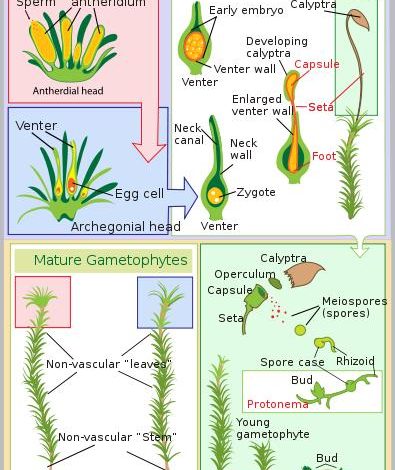
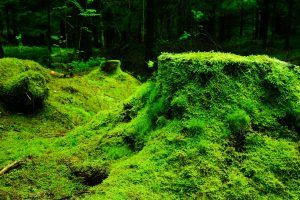 Moss is a type of plant that lives in humid areas of the planet, being very easy to reproduce.It has very particular characteristics that are key to the ecological balance of the planet.
Moss is a type of plant that lives in humid areas of the planet, being very easy to reproduce.It has very particular characteristics that are key to the ecological balance of the planet.
To grow they need to support themselves on surfaces, such as rocks, because they do not have their own root system.
The time has come to learn everything about mosses and here we will give you all the details, are you interested?
What is moss?
Mosses are plants that do not have roots, stems, vessels and veins, so they are classified as non-vascular plants.This means that they handle a very basic internal functioning, since they do not have the possibility of distributing water and nutrients.
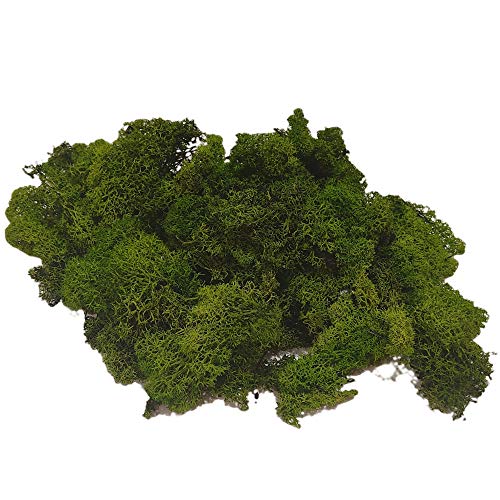
To survive, mosses stick to surfaces, such as rocks, that they find in their natural habitats. In more urban spaces but with the appropriate characteristics, it is common to see them on walls, for example.
What is the moss for?
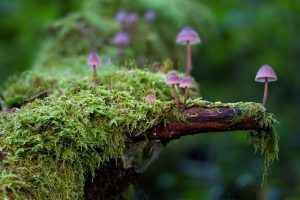 In its natural habitat, moss is a valuable resource that helps maintain the humidity levels provided by the rains.
In its natural habitat, moss is a valuable resource that helps maintain the humidity levels provided by the rains.
This is due to the fact that with their growth they create a padded surface that also allows nutrients to be protected.
The moss can also serve ornamental purposes. In fact, it is very common to include it in garden design because it beautifies spaces.
Mosses are very numerous and there can be up to 11,000 species that, although they have very similar characteristics, have elements that differentiate them.
How is moss formed?
Moss is purposely formed by a process of sexual reproduction which is applied by means of spores. These, by finding an appropriate place to settle, begin the formation of new mosses that are capable of quickly covering a surface.
What are the characteristics of moss?
The main characteristic of mosses is that they are non-vascular plants where only minimal roots are generated, which are what help them adhere to surfaces. Other features it has are:
- Origin: they are one of the oldest plants in the world, together with the ferns. In fact, it is on the basis of them that more complex plant species were developed.
- Photosynthesis: they are plants that have the capacity to carry out photosynthesis and owe their characteristic green color thanks to the presence of chlorophyll.
- Environment: They need to be in spaces with a high humidity content. It prefers areas that are above 1,500 meters above sea level.
- Size: they are small plants that do not grow vertically but horizontally because they do not have a support structure as occurs in trees, for example.
- Reproduction: They use sexual reproduction by means of defined sexual parts for the male and female moss.
What properties does moss contain?
Moss has two properties that make it stand out in the plant world: the ability to absorb water and retain nutrients.In the first case, it is a process that is essential for the ecological balance because it allows maintaining the humidity that is received from the rains.
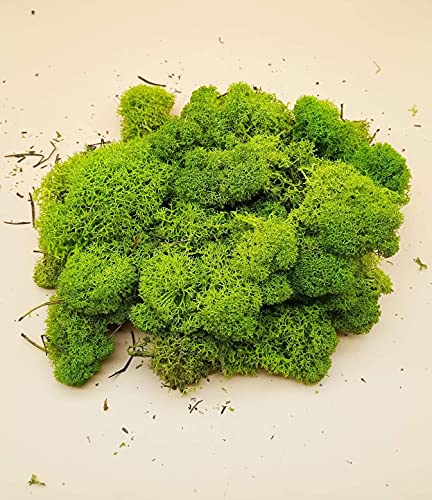
In this way, the areas of the world with the presence of mosses are able to ensure the permanence of their natural conditions. On the other hand, it prevents the water currents that occur after the rains from taking away all the nutrients that are in the environment.
How does moss get its nutrients?
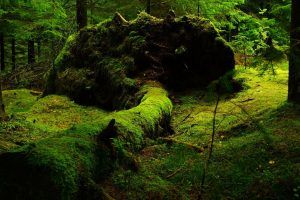 It is capable of reproducing and growing without having roots from which to obtain its nutrients, as occurs in normal plants.
It is capable of reproducing and growing without having roots from which to obtain its nutrients, as occurs in normal plants.
So, it is common to think about the strategy they use to achieve this purpose and the answer lies in their capillarity.
The entire plant is able to absorb valuable resources from its environment, not from a specific part (as occurs with the roots) but from its entire surface. In this way, it has the possibilities to execute all its natural processes in a normal way.
How do mosses reproduce?
Mosses reproduce sexually, that is, they have the presence of male and female sexual organs. The female sexual part is called the archegonium, the male is called the antheridium. Also, you have to know that mosses have two phases: haploid and diploid.
The reproduction process happens like this:
- The moss, as we see it with the naked eye, is formed by an area called the gametophyte that makes it a haploid moss. Within this gametophyte are the sexual organs, in some mosses the female ones and in others the male ones.
- The process begins in the antheridium, which has a structure that opens when it is ready to fertilize the archegonium. At the end of this process, the moss becomes diploid.
- Fertilization results in the formation of a sporophyte, which is a tiny capsule where the spores are stored. This is released into the environment moving through different routes to other areas and, where it finds the most suitable conditions, it will begin to grow.
example of mosses
Mosses are divided into 8 classes, but only one of them occupies more than 90% of the world’s moss area. This is the Bryopsida that you have probably already seen walking along the river, covering the rocks that are on the banks.
But it is not the only one, we can also find species such as Andreaeobryopsida , Spahgnopsida , Oedipodiopsida, among others.Mosses are an indispensable part of the balance in the world since it was in its primitive stage.
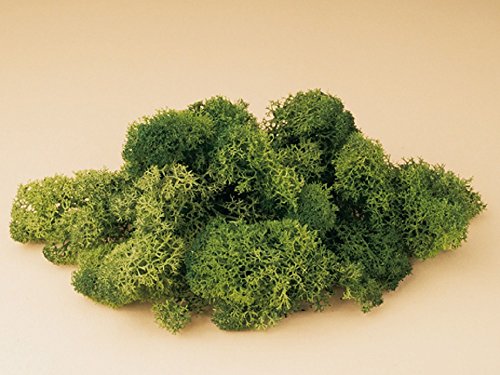
Its evolution could be said to have been key so that all the other species of plants that we know are present in our environment today. The best thing is that they are able to adapt to environments without human help, as long as they get the moisture they need.
The only detail is that they can become really invasive because they reproduce quite quickly. But we cannot deny a reality and that is that mosses embellish the areas where they are and give a much more comfortable image, right?
Bibliographic references
- Sphagnum moss pots, E Domínguez, C Márquez, D Vega – Informative INIA Kampenaike, 2015 – library.inia.cl
- Caring for mosses and other plants at Christmas, F Aguirre – Vinculando Magazine, 2005 – vinculando.org
- Biodiversity of Bryophyta (mosses) in Mexico, C Delgadillo-Moya – Mexican Journal of Biodiversity, 2014 – scielo.org.mx
- General Botany. From the mosses to the trees, GV Rojas – 2011 – books.google.com
- Antioxidant activity in mosses, PA Lopez, BA Rojano, TL Echeverri – Scientia et technica, 2007 – revista.utp.edu.co
- Illustrated Glossary for Neotropical Mosses, E Calzadilla, SP Churchill – 2014 – mnk.eresseasolutions.com

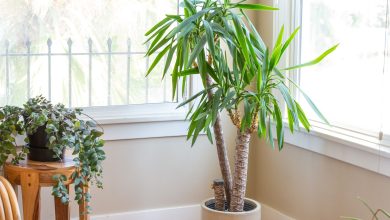
![Photo of Prune a Wisteria: [Importance, Time, Tools, Considerations and Steps]](https://www.complete-gardening.com/wp-content/uploads/2022/08/prune-a-wisteria-importance-time-tools-considerations-and-steps-390x220.jpg)
![Photo of Mediterranean Climate: [Characteristics, Flora, Fauna and Adaptability]](https://www.complete-gardening.com/wp-content/uploads/2022/08/mediterranean-climate-characteristics-flora-fauna-and-adaptability-390x220.jpg)
![Photo of Callistemon Citrinus: [Characteristics, Cultivation, Care, Pests and Diseases]](https://www.complete-gardening.com/wp-content/uploads/2022/08/callistemon-citrinus-characteristics-cultivation-care-pests-and-diseases-390x220.png)